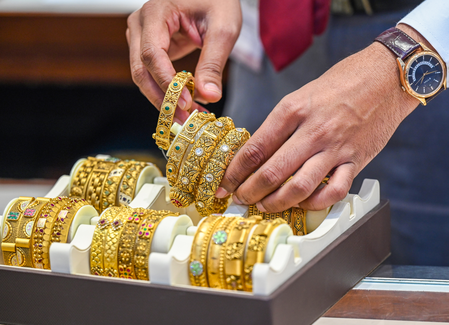
Mumbai — The Reserve Bank of India (RBI) has continued its strategy of bringing a greater share of the country’s gold reserves back home, with 575.8 tonnes of gold now stored in domestic vaults — the highest level to date.
According to official data, the RBI repatriated around 64 tonnes of gold to India during the first six months of the current financial year. As of the end of September, India’s total gold holdings stood at 880.8 tonnes, of which 575.8 tonnes are held domestically, while 290.3 tonnes remain with the Bank of England and the Bank for International Settlements (BIS). Another 14 tonnes are part of gold deposit arrangements.
Since March 2023, the RBI has shifted 274 tonnes of gold from overseas storage facilities back to India — a move seen as part of a broader effort to safeguard national reserves amid rising global geopolitical tensions.
This repatriation drive gained momentum after the Russia-Ukraine war and the Taliban takeover of Afghanistan, events that saw G7 nations freeze both countries’ foreign currency reserves. The RBI’s decision reflects concerns over the vulnerability of overseas assets to such sanctions and the increasing use of financial tools as geopolitical weapons.
Meanwhile, domestic gold prices edged higher on Wednesday, tracking international market trends ahead of the US Federal Reserve’s interest rate decision.
On the Multi Commodity Exchange (MCX), gold opened nearly flat at Rs 1,19,647 per 10 grams, before rising by Rs 401 (0.34%) to trade at Rs 1,20,047 per 10 grams in early session. Silver also gained, climbing Rs 989 (0.69%) to Rs 1,45,331 per kg.
Globally, spot gold was up 0.2% at $3,957.42 per ounce, recovering slightly after touching its lowest level since October 7. However, gains were capped by easing US-China trade tensions, even as investors awaited the Fed’s expected rate cut announcement.
So far in 2025, gold prices have surged about 52%, reaching an all-time high of $4,381.21 per ounce on October 20. The rally has been fueled by economic uncertainty, prospects of monetary easing, and sustained central bank purchases — with the RBI playing a key role in that trend.
With inputs from IANS